|
This is one of two posts on our trip to Cave Creek Canyon in May [Revised August 28, 2018] Southwestern Research Station at dawn, May 10, 2018. On May 5th we packed up the Subaru and took off to Portal Arizona and Cave Creek Canyon for a week of birding with a group led by PD Hulce at the Southwestern Research Station. PD leads two groups in the spring, April and May, and one in the Fall for one week of birding and immersion in nature. There were a total of 8 in our group including PD. We stayed in very comfortable rooms at the SWRS with microwave and coffee maker, and ate great food cafeteria style with the students and researchers at the station. For more on upcoming tours, click SWRS Tours. Our thanks to PD and all the staff at the SWRS for making this a great week. We arrived late on Saturday the 5th of May, and woke up with the sun shortly before 6 am on Sunday. The big event before breakfast was watching hummingbird banding led by Lee Rogers, as part of the Hummingbird Monitoring Network. The network captures and bands hummingbirds as part of their monitoring network on a regular schedule at selected sites in the U.S., Canada and Mexico. For more on the monitoring process click here. They are always looking for volunteers, including monitoring at the Skycenter on Mt Lemmon. I hope to write a post on the monitoring in the coming months. Stay tuned! On Sunday after breakfast we traveled to the South Fork of Cave Creek Canyon for the morning, and spent the afternoon at feeders in Portal. Monday we were out all day driving west on 42 Forest Road climbing up to the Onion Saddle and then to Rustler Park, and back to Portal by way of Paradise. Tuesday we went east out of the canyon to the grass country and visited the Chiricahua Desert Museum. Wednesday we returned to the South Fork in the morning, and visited feeders in the afternoon. Thursday was "clean up day" looking for things we had not spotted. Friday we said farewell to our new birding friends and headed back to Tucson by way of Wilcox. One week is a lot of birding, and about 6,000 images before editing! I am planning on three posts (with a fourth on hummingbird montoring). This the first one focused on our first day, Sunday the 6th. For birding I shoot with a Canon 7D Mark II which stamps every image with the date, time, and GPS coordinates. I edit and develop the images in Adobe's Photoshop Lightroom, which includes a mapping module that will map any photo or set of photographs you select. Below is the map of the week's shoot. I exported a JPG of the map into MS PowerPoint, and added labels to better show where we were, and the topography of the area. The town of Portal is in the middle right side of the map. 42 Forest Road meanders a bit south and west out of Portal into Cave Creek Canyon past the road into South Fork. Continue on 42 and you pass the SWRS, and then up the mountain to Onion Saddle and Rustler Park. These roads are all dirt, and irregularly maintained, with no guardrails and steep drop offs at higher elevations. They are closed during the winter. Drive carefully! The road connects to Paradise in the upper middle of the map, and then by a slightly better road back down into Portal. Elegant TrogonAfter several years of birding in SE Arizona, we finally spotted our first Trogan! The Elegant Trogon is a year round resident of Central America and Mexico who ventures north just into the U.S. for breeding. There are an estimated 50 breeding pairs in SE Arizona, living in riverside upland oak and sycamore canyons as well as pine-oak woodlands, edge vegetation, and juniper forests. Cave Creek Canyon is the perfect location for them. They eat insects and fruit, and nest in open holes, favoring large Sycamores. During mating season, they call to each other with a low pitched croak, which to my ear sounds like the barking of a hoarse Chihuahua. This male Elegant Trogan was spotted up the South Fork, where he was scouting out nesting spots, as well as looking for tasty bugs to eat. They characteristically sit upright with their tail down, scanning for bugs. The images below show a male at the edge of a large hole in a Sycamore. He was clearly checking it out. I have not included the many images where his head is in the hole. Below, two more images taken in the same area, same day and time. The last shows feather coloration from the right side. Hepatic TanagerFemale Hepatic Tanager, South Fork, May 6, 2018 The Hepatic Tanager is a songbird (Order: Passeriformes) in the Cardinalidae family, along with Cardinals, Pyrrhuloxia, Buntings, the Grosbeaks, and the Dickcissel. For more on the taxonomy, see the Cornell Lab website. Hepatic Tanagers live from Mexico and Central America all the way down to South America, and breed in the SW United States in Arizona, New Mexico and portions of Texas. Above a female in good light, and below a male spotted at some distance. These two images were in the South Fork, not far from where we spotted the Elegant Trogan. Their breeding range extends up into Arizona, as evidenced by the images below of a male captured in Summerhaven in September and October of 2015 Dusky-capped FlycatcherThe Dusky-capped Flycatcher is a Tyrant Flycatcher of the American Tropics, with a range from southern Mexico to South America, venturing into northern Mexico and Arizona for breeding during spring and summer. They nest in existing holes in trees, oak or sycamore. Their diet consists of insects which they gather from the foliage of tall trees. The canyon forests of SE Arizona are a great location for them. They can be tough to spot. This fellow looks like he's hunting for lunch. Northern CardinalIt is always a treat to see the Northern Cardinal, this one captured during the afternoon at Bob Rodrigues' backyard feeders, see this link to eBird Hotspots for details. This used to be Dave Jasper's yard, and Bob as new owner was kind enough to continue the tradition of opening the yard to visiting birders. If you go, there is a jar for donations to keep the feeders stocked. Many thanks to Bob for a great venue. The image below is somewhat unique. The bird appears to be doing a handstand! The view shows the crest, wing feathers, and the tail fanned. We can see that the tail feathers take a beating over time. Cardinals molt after breeding season, late summer or early fall. So these tail feathers have seen 8 to 10 months of wear so far. To show a molt in progress, I have included the images below, captured on August 11, 2017, during the Tucson Audubon Festival, at the Patton Center in Patagonia. This male has lost all of his crest feathers in a molt, and has grown only some back. I am told it is possible to see a "bald" cardinal if your timing is just right (or wrong, depending on your viewpoint!) He looks pretty scruffy in general, in the process of losing and replacing feathers. More worn tail feathers below . . . . . PyrrhuloxiaPyrrhuloxia are striking songbirds related to the Northern Cardinal, but limited in range to southern Arizona, New Mexico, Texas and Mexico. Like the Northern Cardinal they have crests. The males are grey and red, with a grey/yellow beak that has a curved culmen, the inner upper portion of the beak. This curve makes these beaks great for cracking seeds and nuts. For more images see my post from February 2018 from Patagonia. Here we see a male Pyrrhuloxia on a feeder, getting ready to crack open a seed with his curved culmen. Above and below we get a good look of the worn tail feathers of this bird in May. Note that the photos from February in the Patagonia post show less feather wear. More on molting and feather replacement in Red-tailed Hawks in an upcoming post. Whiskered Screech OwlThe Whiskered Screech-Owl is a small higher elevation species that lives year round from Nicaragua to the mountains of Southern Arizona. Here we see our subject snoozing in a hole in a Sycamore right next to Forest Road 42. He has been a regular for a while, and it is common to see cars stopped on the road. Stop the car, roll down the windows and look up. There he is! Soon he will have his own road sign, "Owl Crossing." For a link to the Audubon site, and more on this bird, click Audubon Guide to North American Birds. Black-throated SparrowThe Black-throated Sparrow is a year-around resident of Southern Arizona, New Mexico and Mexico, heading as far north as Oregon for summer breeding. They are ground foragers who we see here at the Rodrigues' feeders. Where's Waldo?OK, we are not really looking for Waldo, rather a Greater Roadrunner. He is lurking among the branches, looking for a stray feeder bird to snag. Greater Roadrunner's are large cuckoos with long legs, a very long tail, and a long neck. They are residents of the desert southwest but can be seen as far east as the Mississippi River. They spend their time on the ground, hopping to low branches or shrubs just long enough to spy for food. They are weak flyers, taking to the air just long enough to get to their next ground location. Their diet consists of any animal they can catch including lizards, frogs, snakes, as well as birds. Just so you can see more of "Waldo" here is an image from Sweetwater Wetlands in April of 2018. Cassin's KingbirdCassin's Kingbird is a Tyrant Flycatcher that lives year round in southern Mexico and breeds north as far as Arizona, New Mexico, Utah and Colorado. They like to eat insects, living in open woodlands. They tend to perch in trees looking for food, as well as foraging for insects on the ground. These habits make them easier to see and photograph. The image above was captured shortly after dawn at the research station, the two images below are from Mt. Lemmon on the road to Marshall Gulch in June of 2017, one year ago. That's it for this post! Stay tuned, more posts coming from this trip. Let's see, only 5000 images left . . . . . . . Happy Trails!
2 Comments
Mel and Vera Gabel
6/13/2018 07:10:46 pm
Fabulous pictures. Thanks!
Reply
Barbara McLean
6/14/2018 01:20:55 pm
Henry,
Reply
Leave a Reply. |
AuthorHenry Johnson, photographer and author of this site. For more detail, see About
Categories
All
Archives
July 2024
|
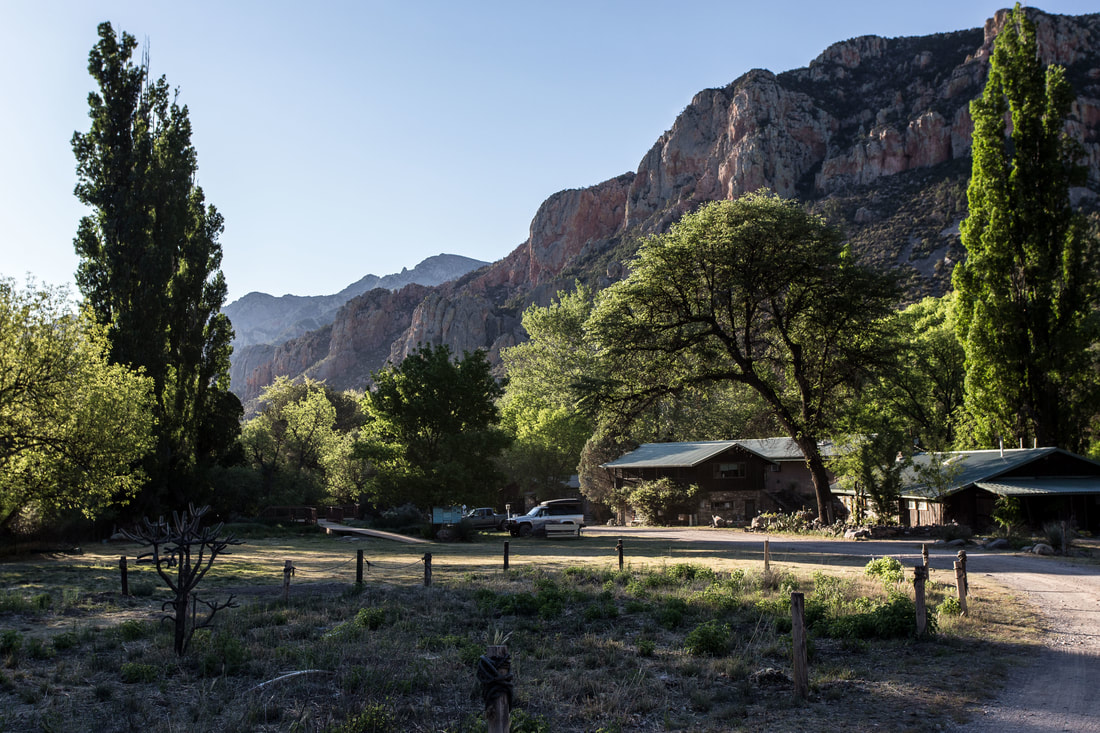


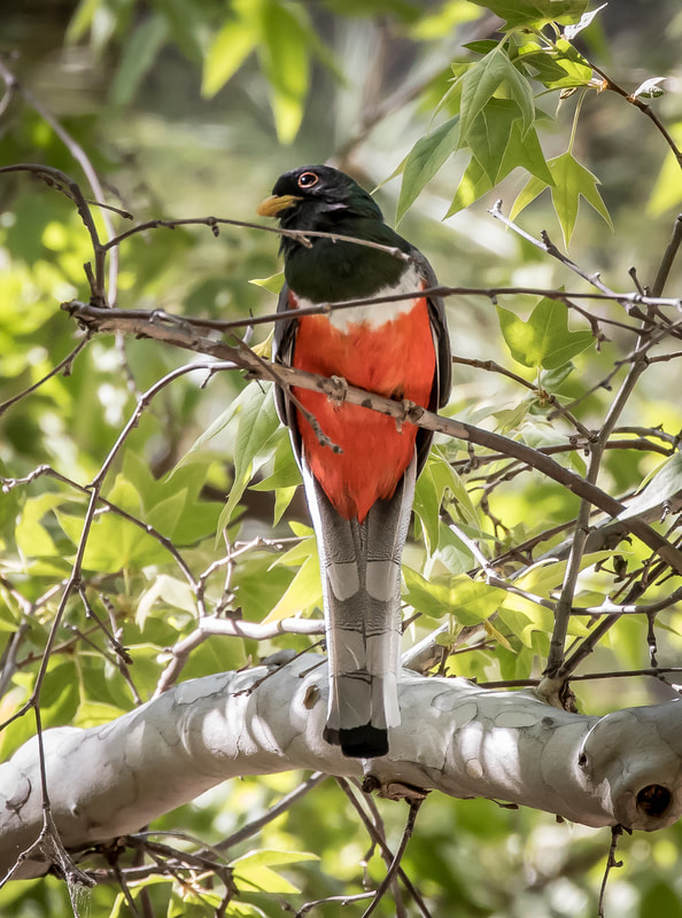
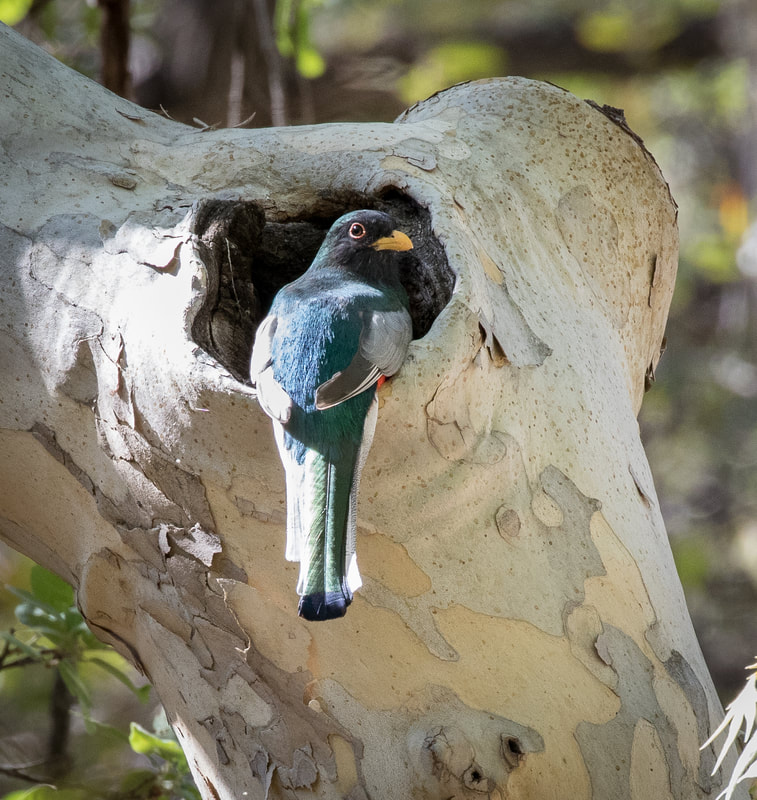
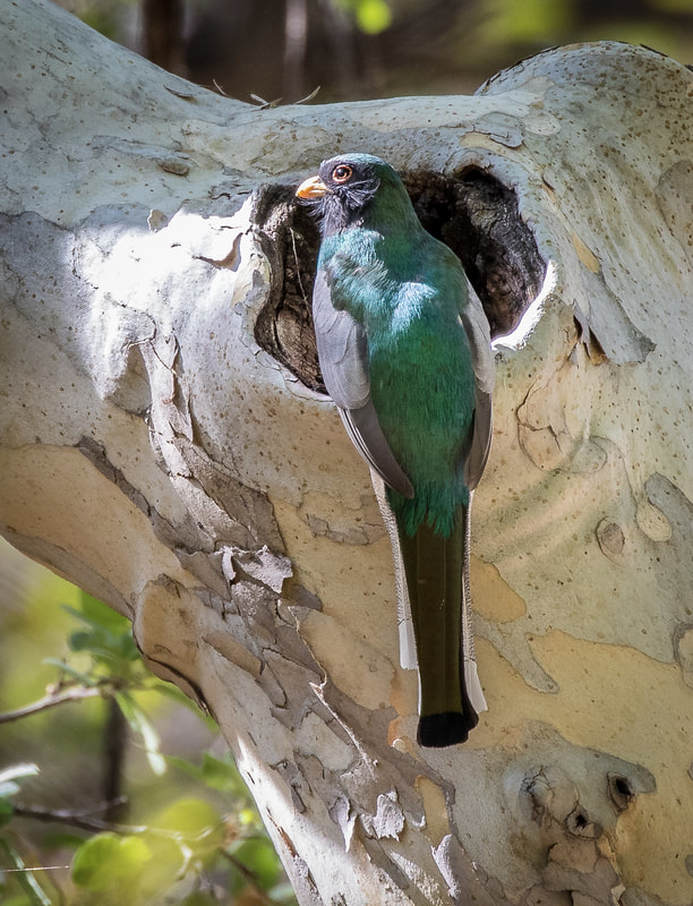

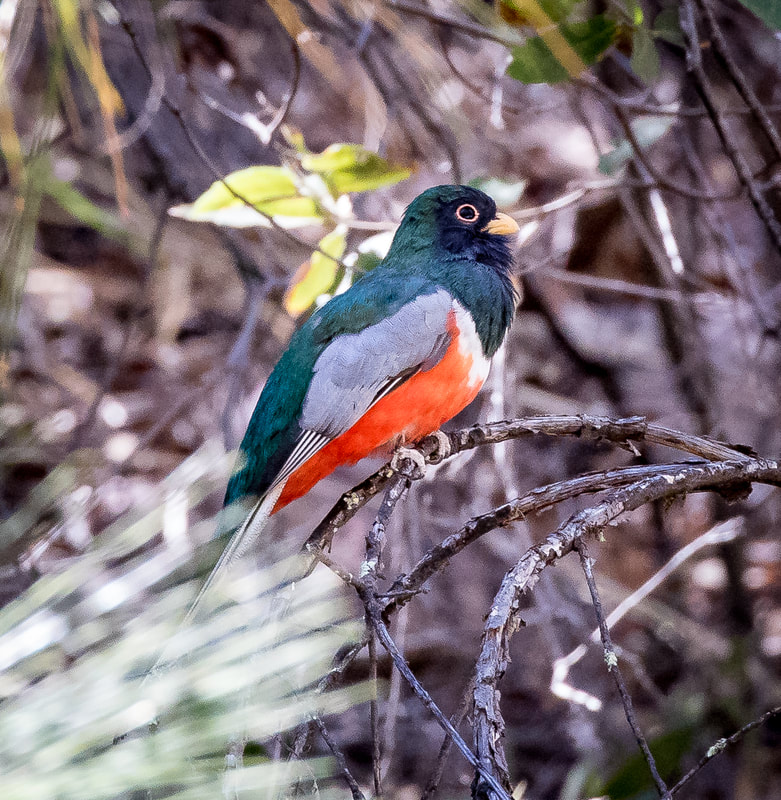
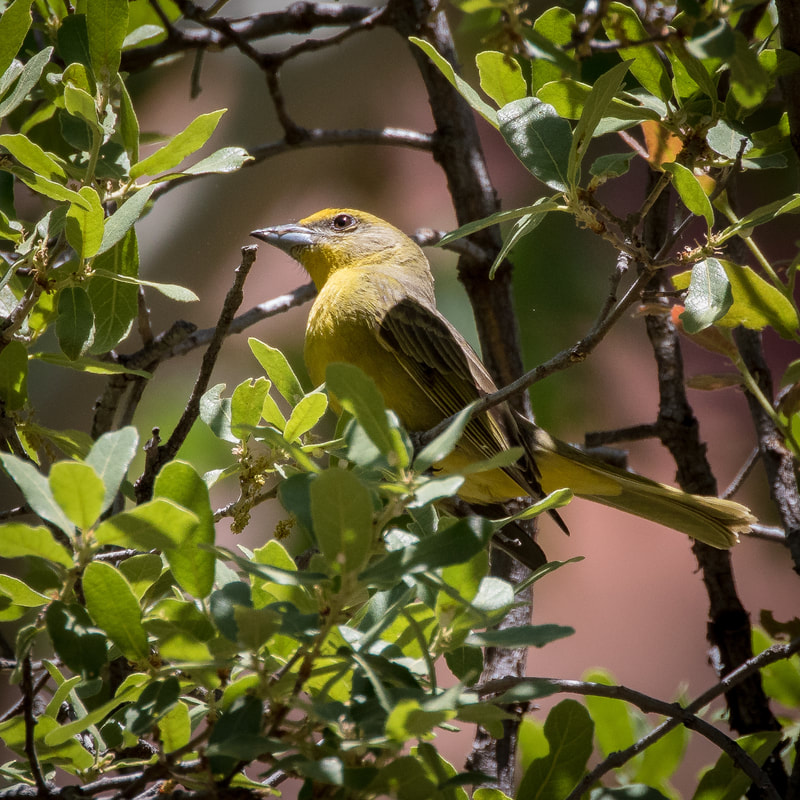
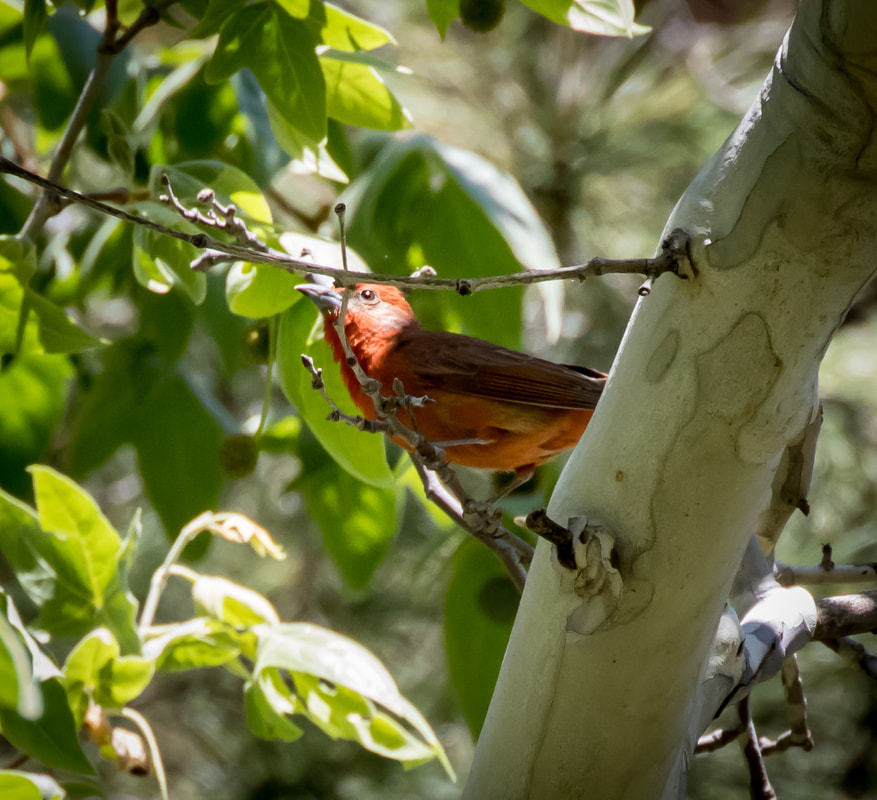
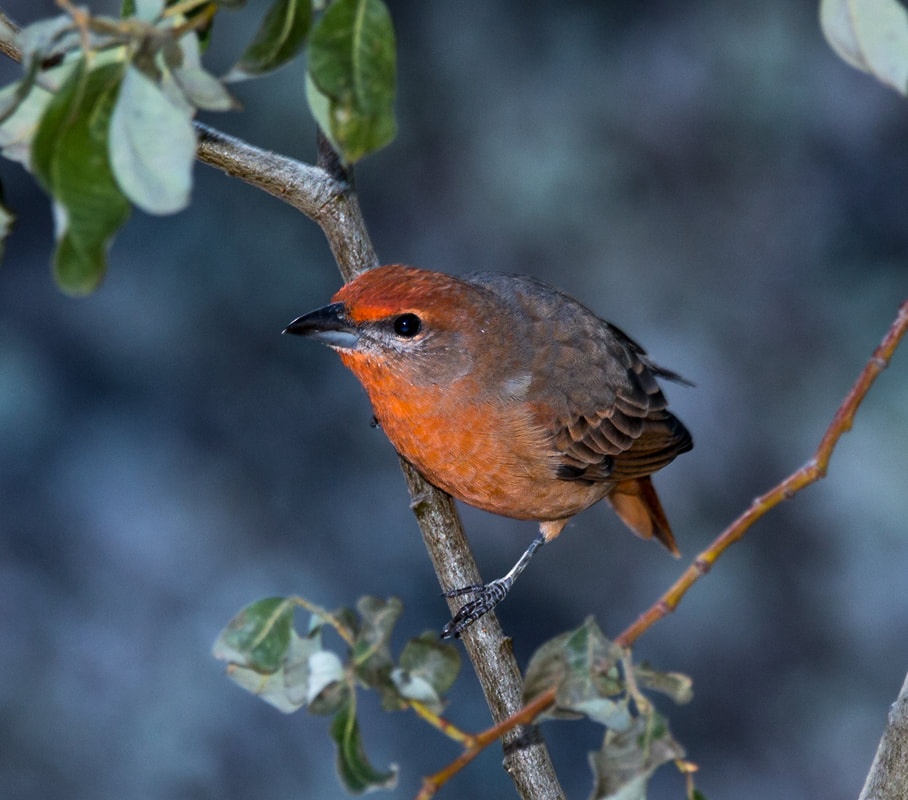
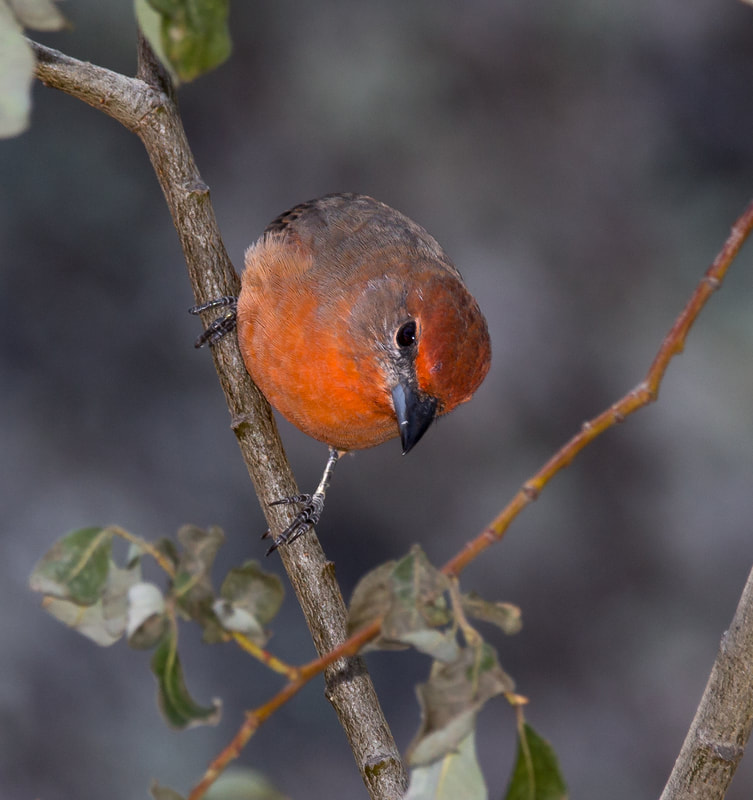
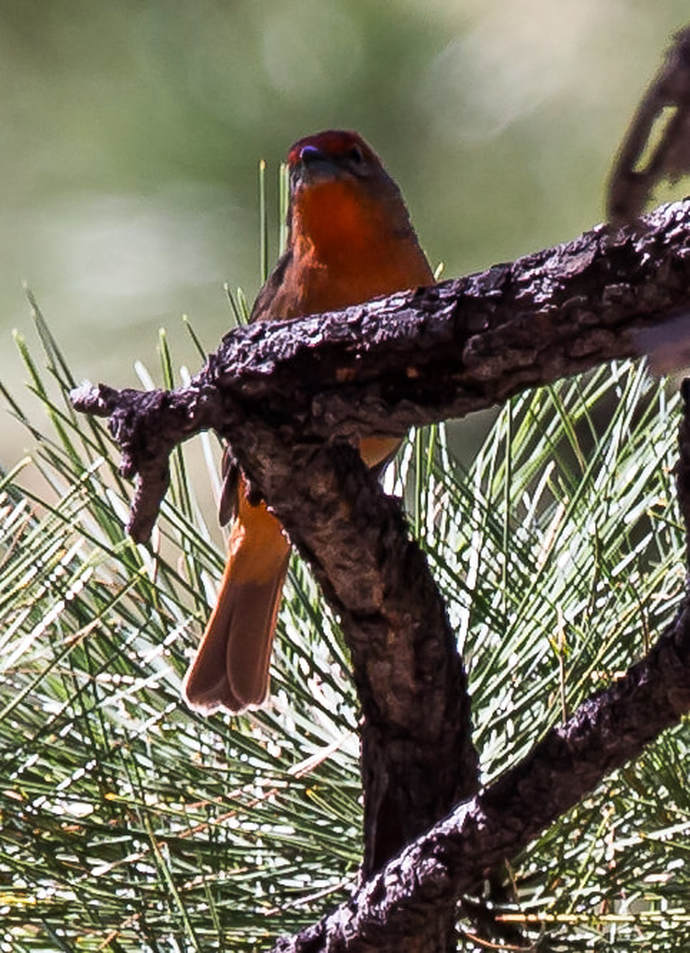
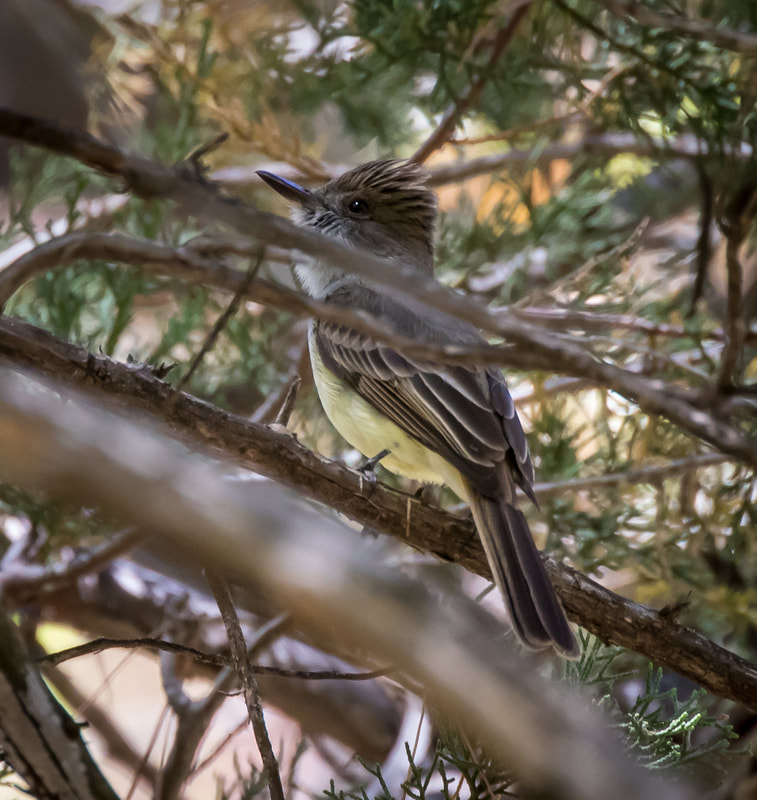


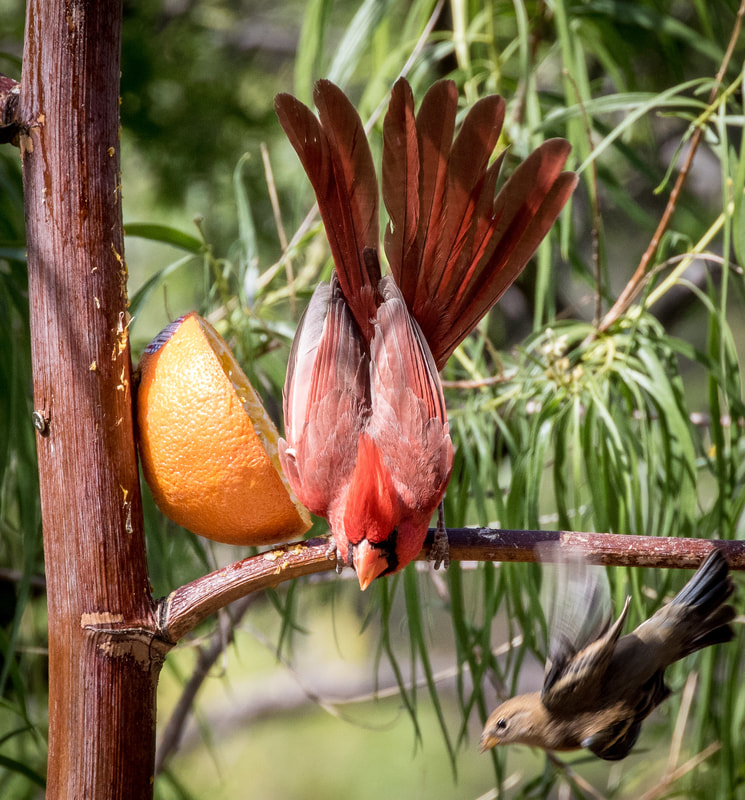
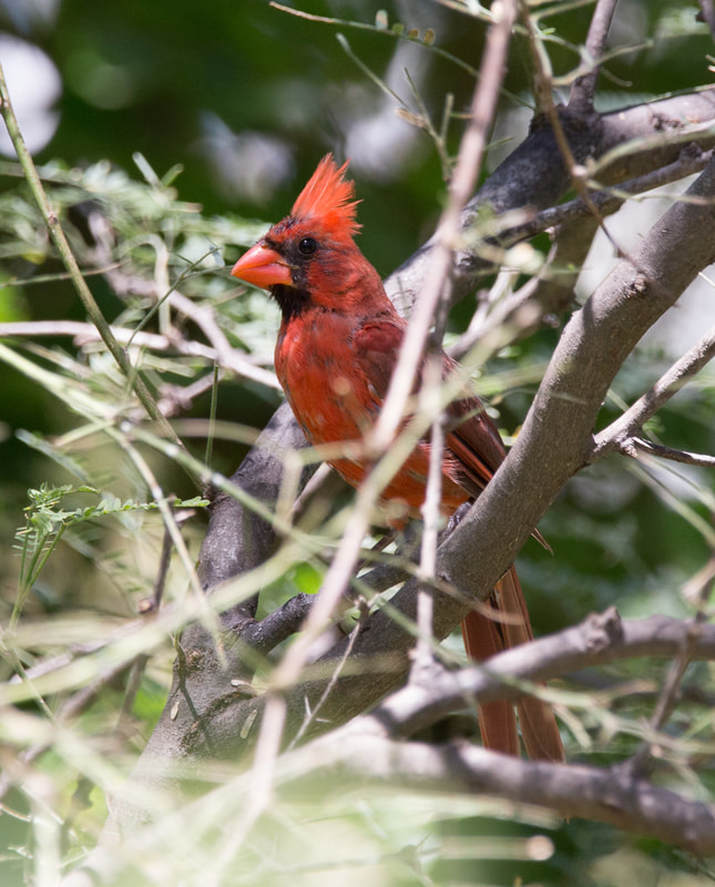

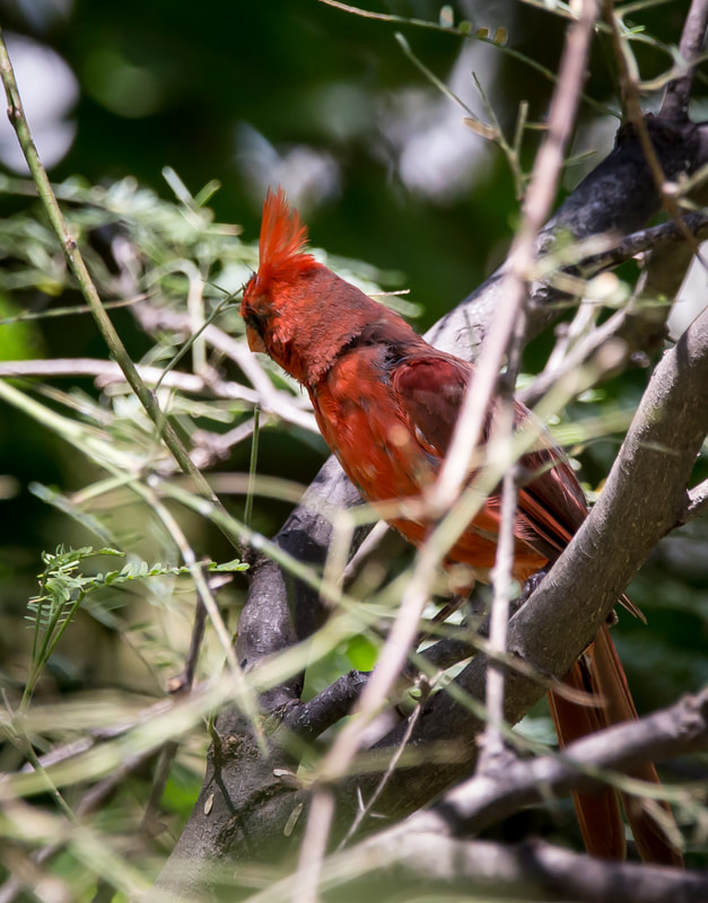
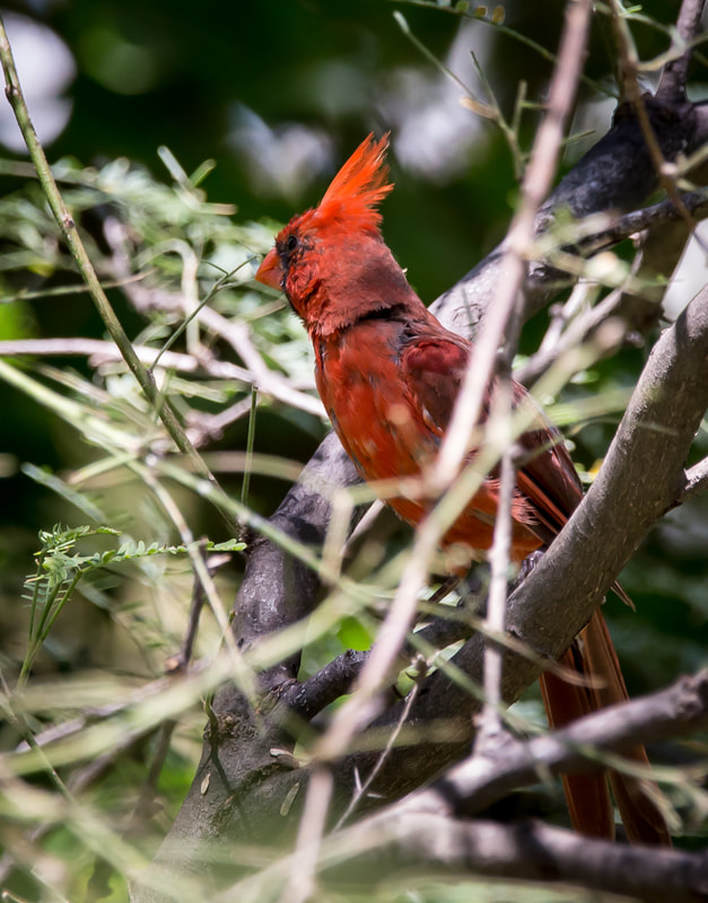
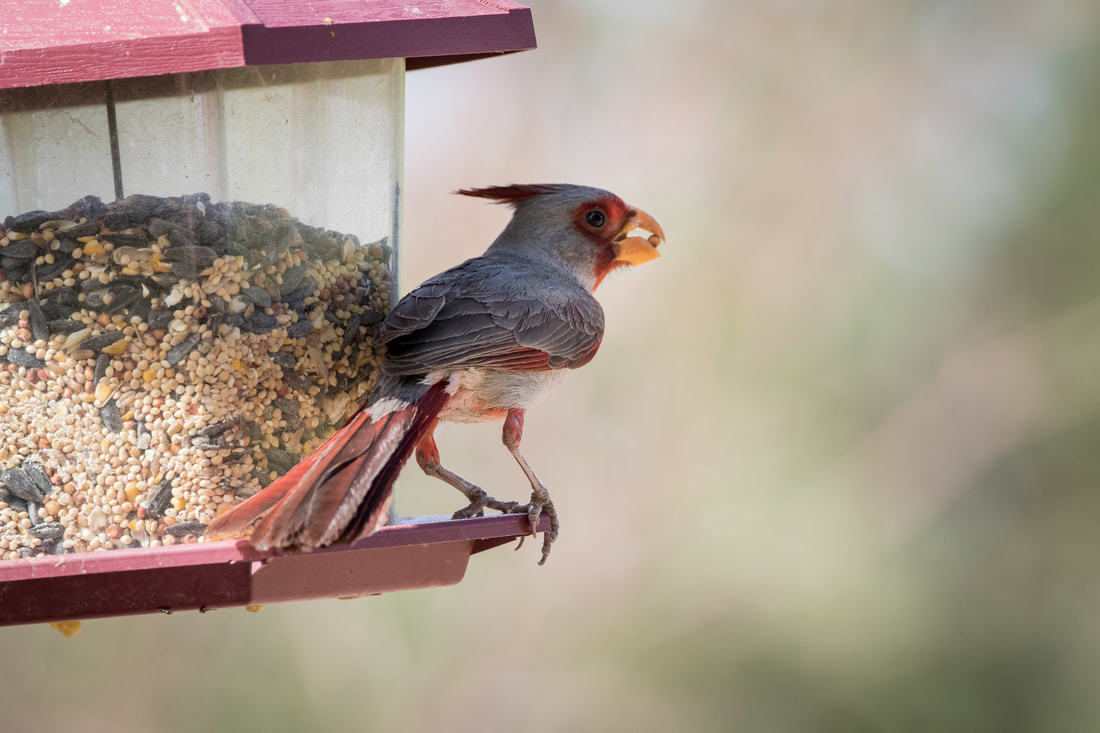
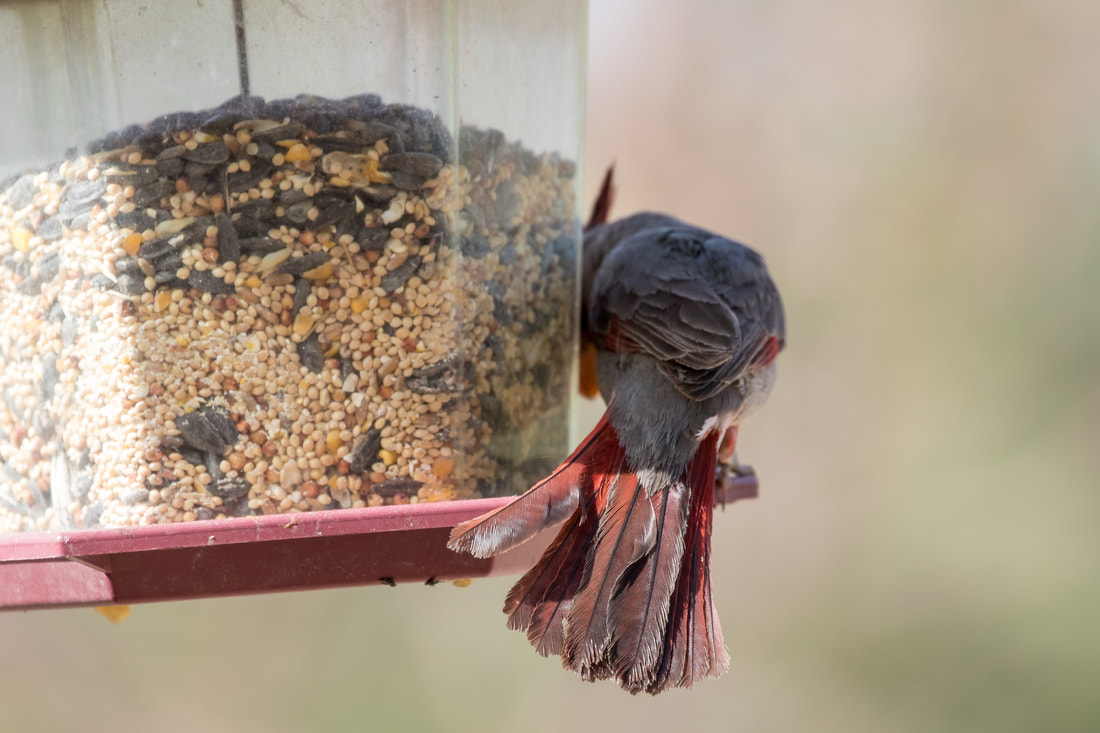
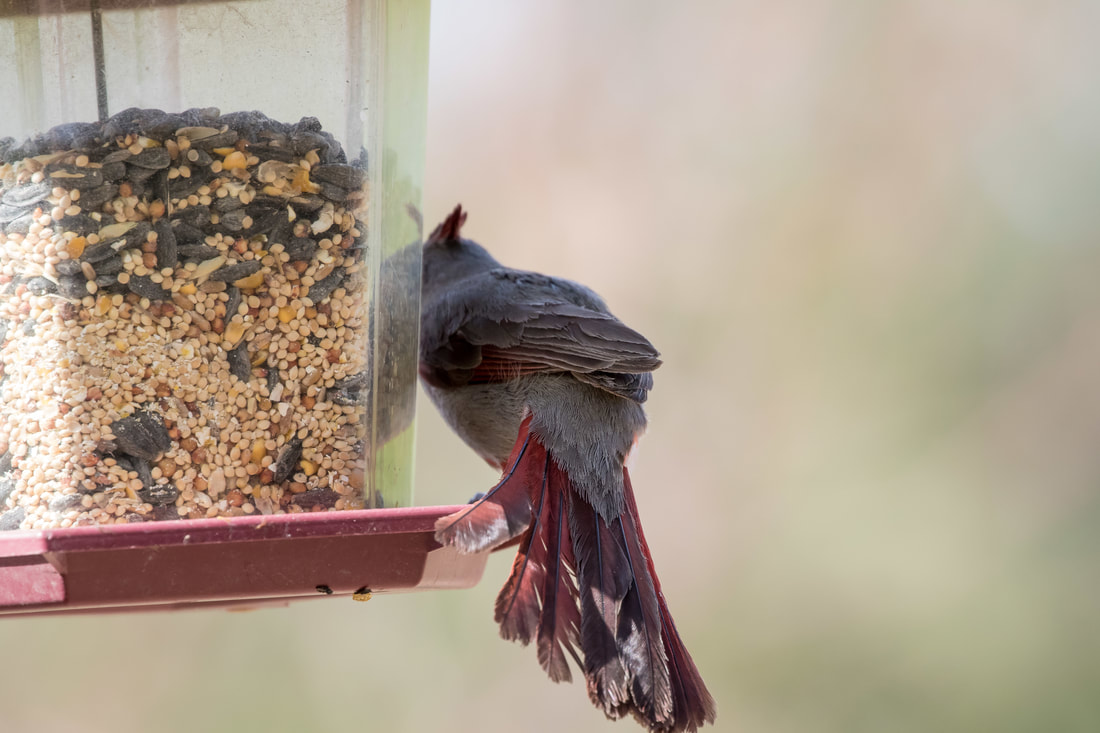

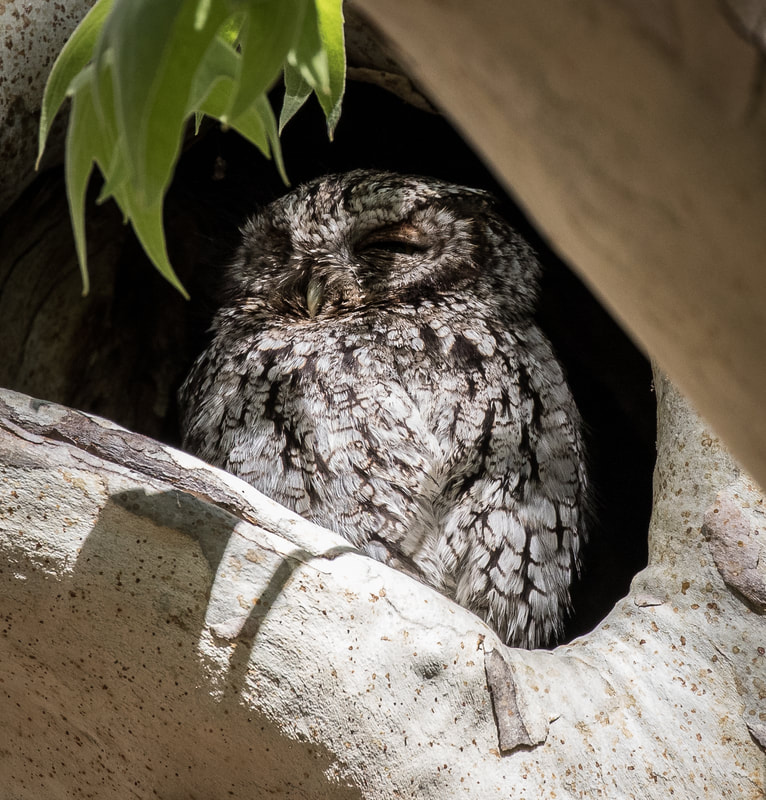
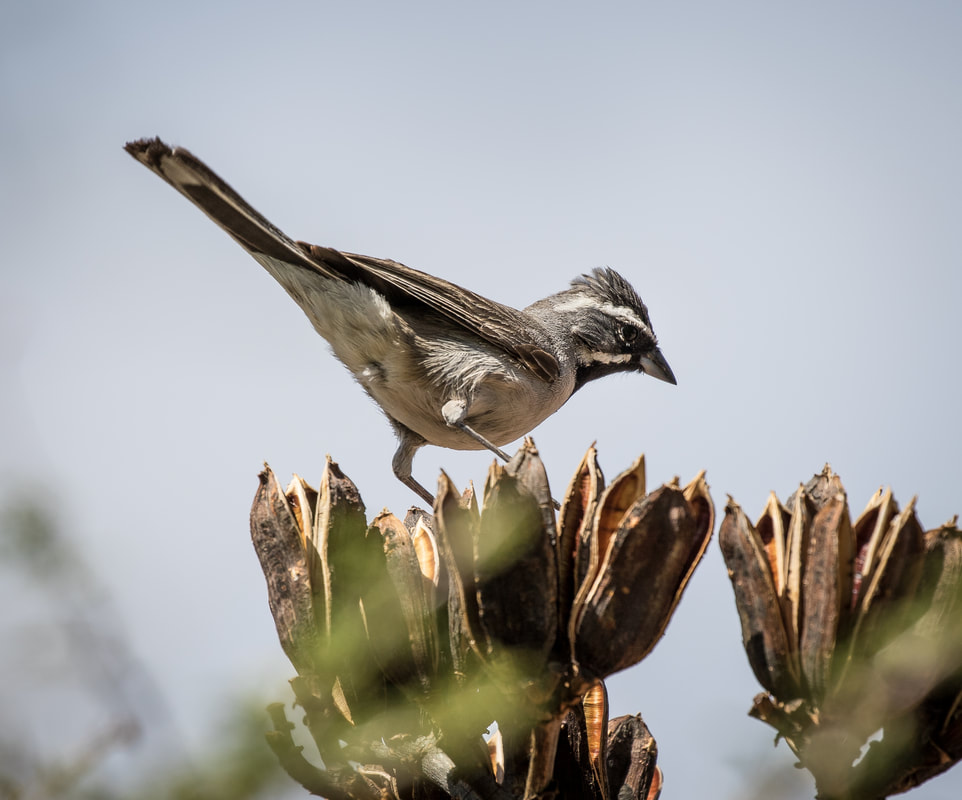



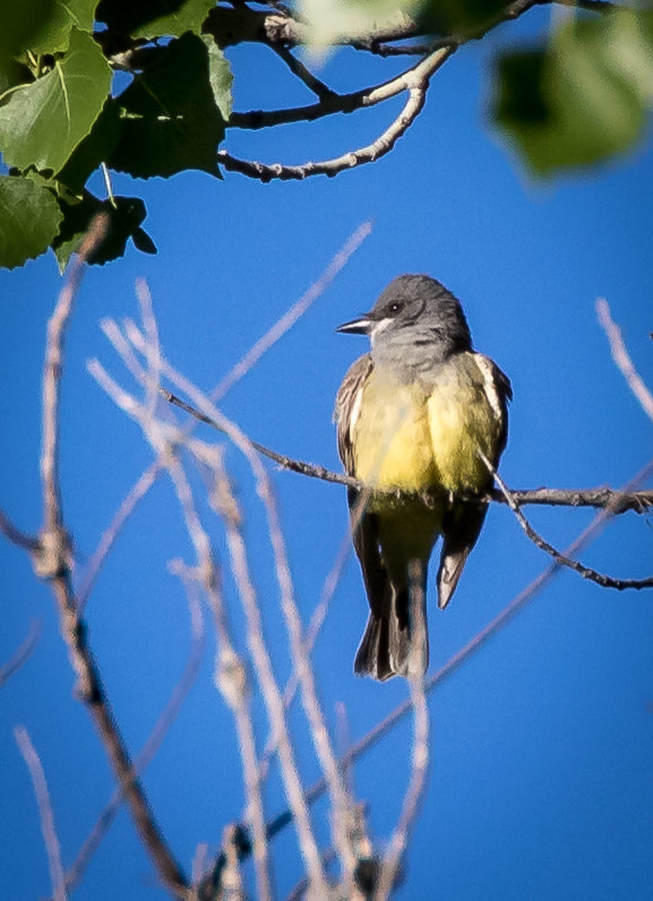
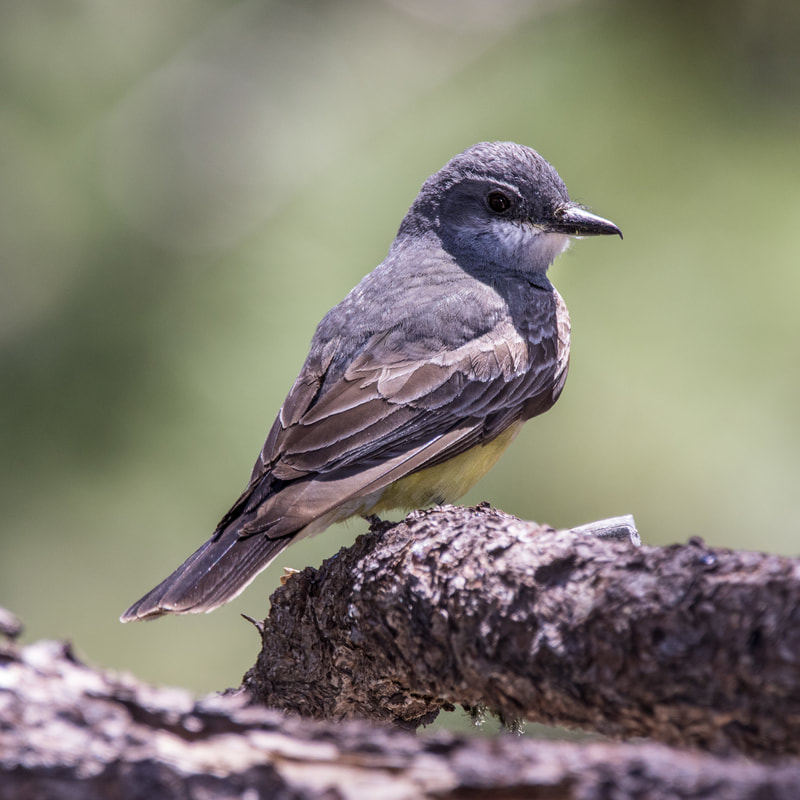
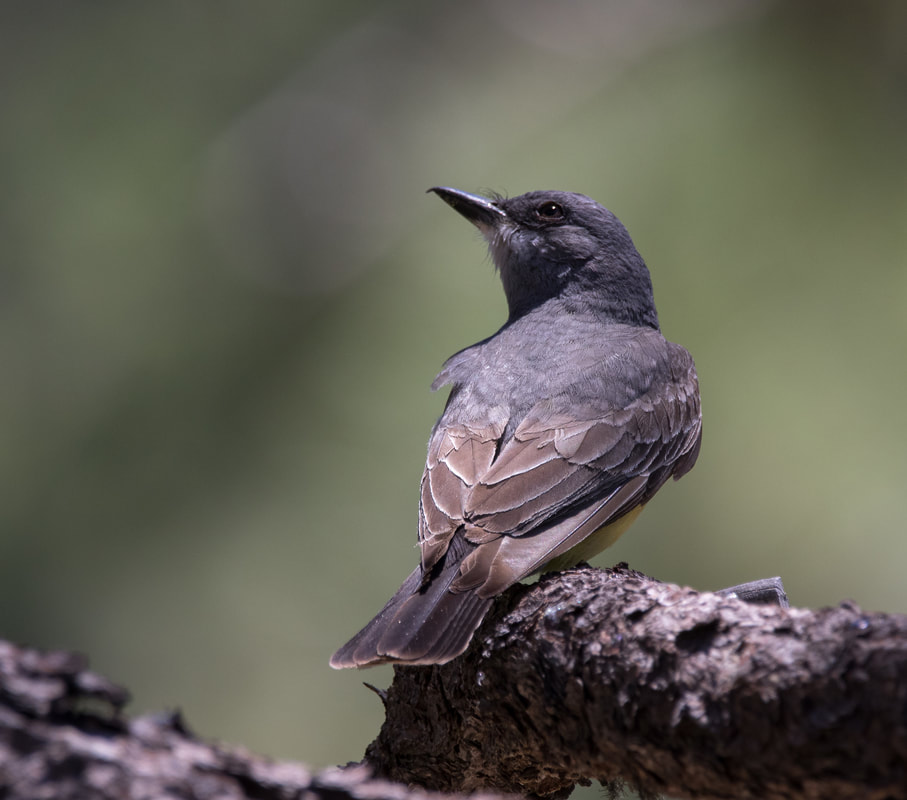
 RSS Feed
RSS Feed